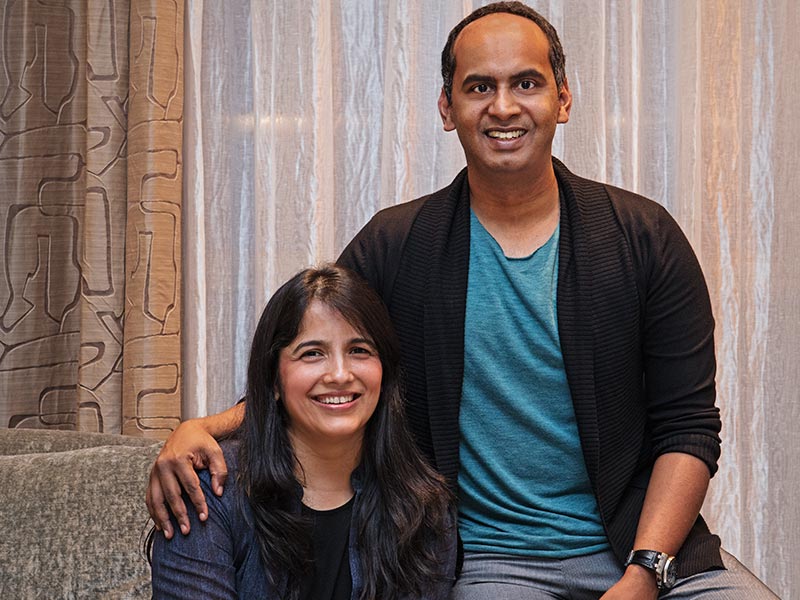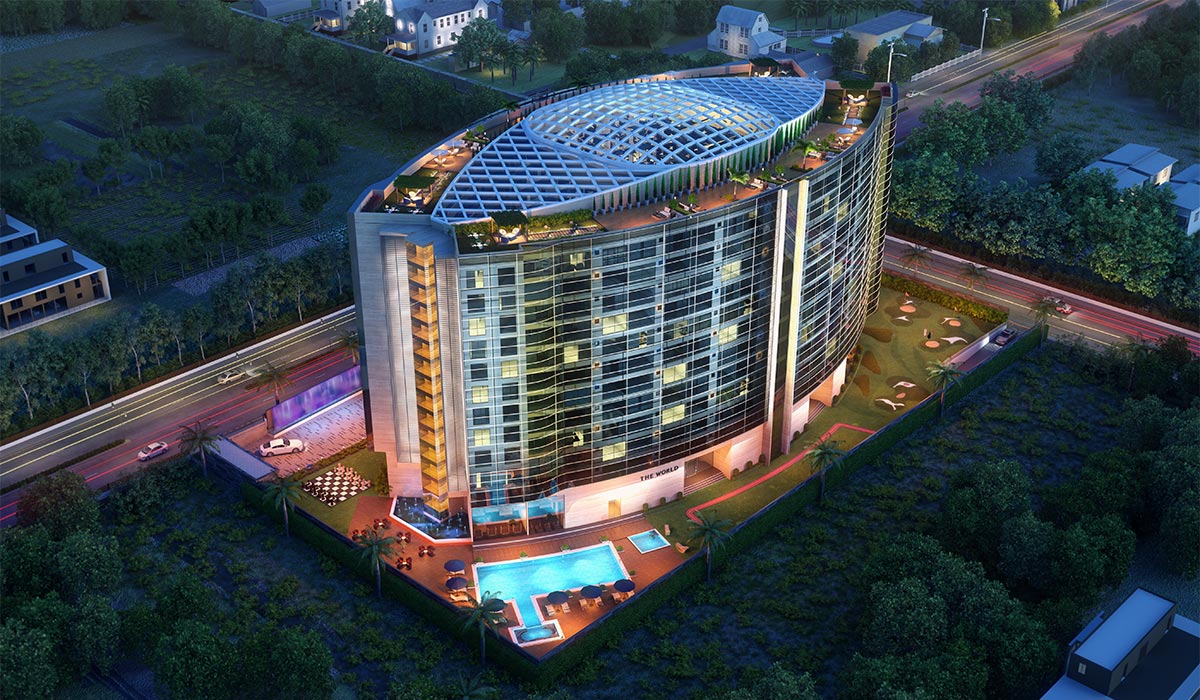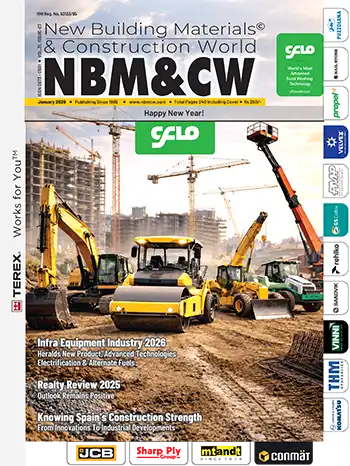
There seems to be a lot of emphasis on timely delivery of projects. This is the primary reason that a lot of buildings seem to be designed with a lot of glass and metal facades. In some cases, even residential buildings in the city are being constructed as glass curtain walled buildings. These definitely seem to be inappropriate, but are a clear indication of the changing trends in the acceptability of developers and end-users alike. According to us, the most important aspect for architecture is relevance, both in terms of design aspiration and location.
BIM is making considerable inroads into mainstream practice.
BIM has become quite relevant and is making considerable inroads into mainstream practice. Modeling and rendering software are also very useful to visualize and specify within projects accurately. Software is very useful but ultimately it is the creative process that each studio employs that ensure individuality and uniqueness for each project.
There is a certain resurgence in the use of traditional materials.
A lot of research is underway for the use of wood and bamboo extensively, even for building skyscrapers. Even in our studio, we are constantly researching on new materials and playing with the interesting dynamics of interpolating them with traditional stone and timber. The interplay of materials and obvious advancements in technology would help in creating an interesting vocabulary which is relevant to our necessity and times.
 The World - luxury hotel in Surat
The World - luxury hotel in SuratFor high rises, drywall seems to be becoming the norm.
Drywalls are mainly being used to reduce the dead load on a structure. As these are early days, the systems, methodology and execution are really not up to the mark in many cases. In the coming years, it will definitely become more prevalent, and more certified consultants and contractors will ensure that they are executed well. We need to always consider the lifecycle of the project. As the building industry is growing rapidly, we are not certain of the parameters being maintained to ensure quality and longevity of projects.
The fear of complacency creeping within execution is very real, especially in large scale projects. The number of good quality projects are still very limited as the market is still very price conscious and the premium for design and good finishes is still not very prevalent and accepted.
In case of cities like Mumbai and Delhi, because of the high property prices, developers and end-users are quite open to spend diligently on quality products and finishes. However, it is a clear challenge when specifying the same for other cities in the country. There needs to be a self-evaluation done by everyone involved to gravitate towards quality instead of mass produced finishes and fittings, cheap knock offs, and low-quality products. Good quality doesn’t necessary always mean high costs, however, it is about diligent specification and clear intent of choice.















